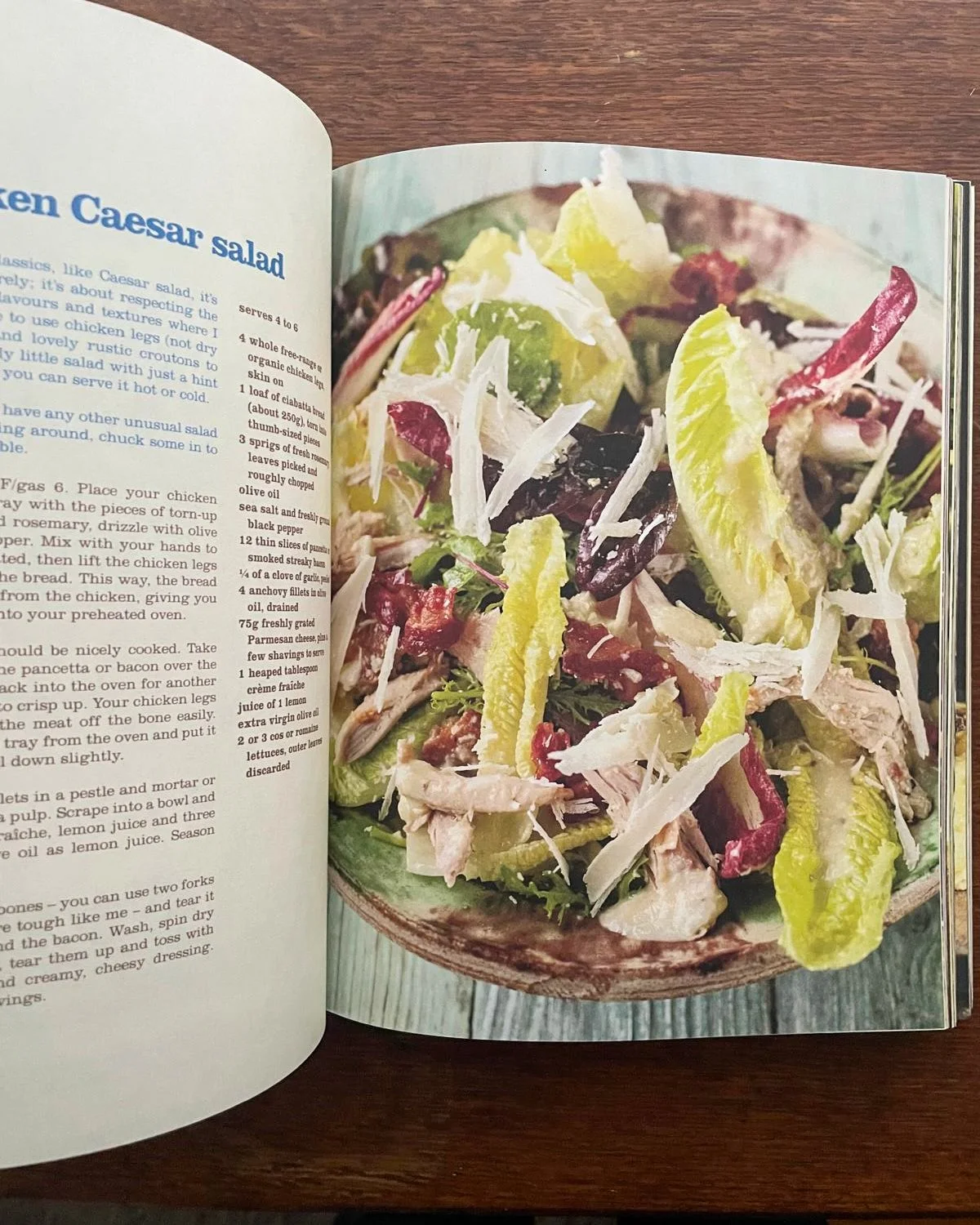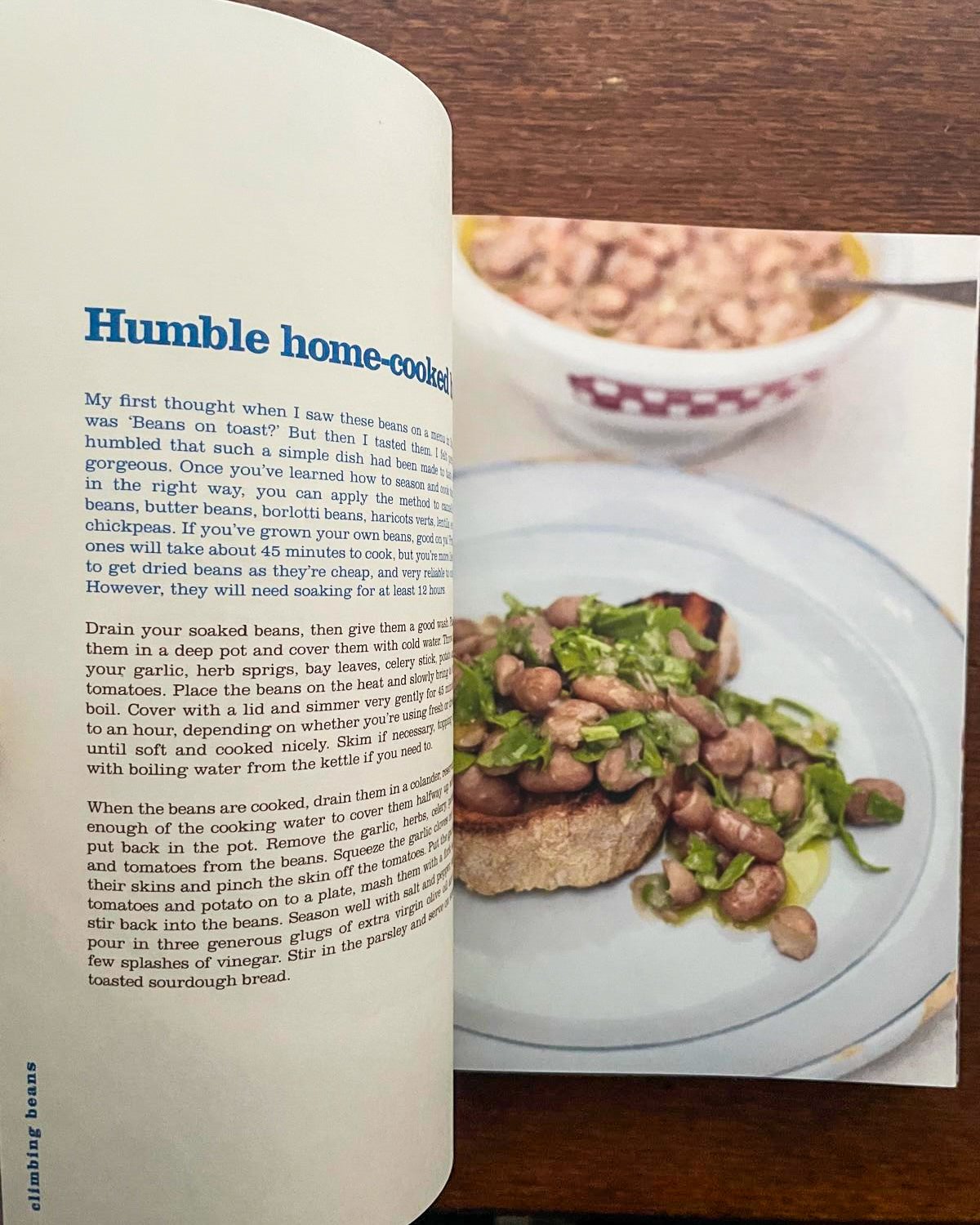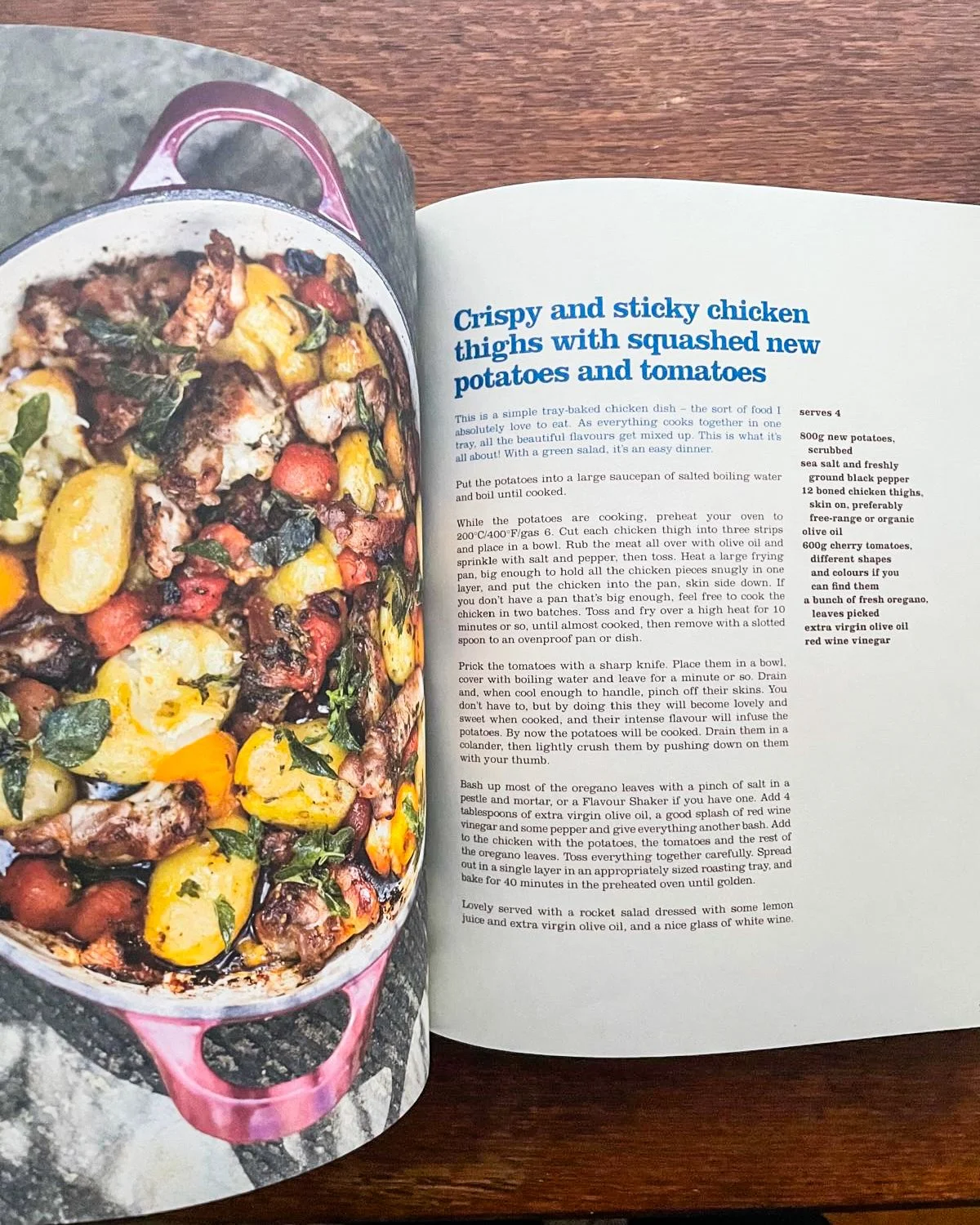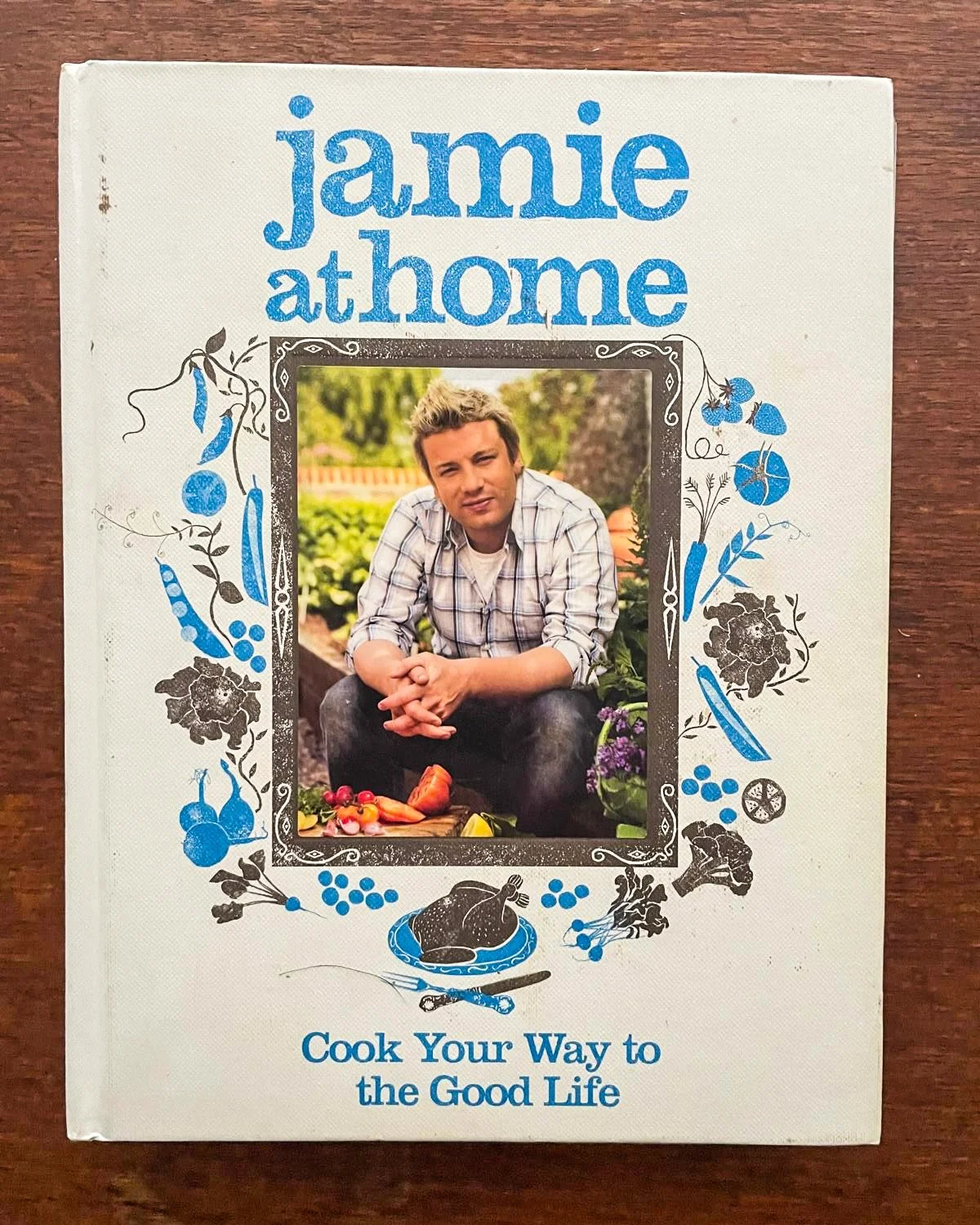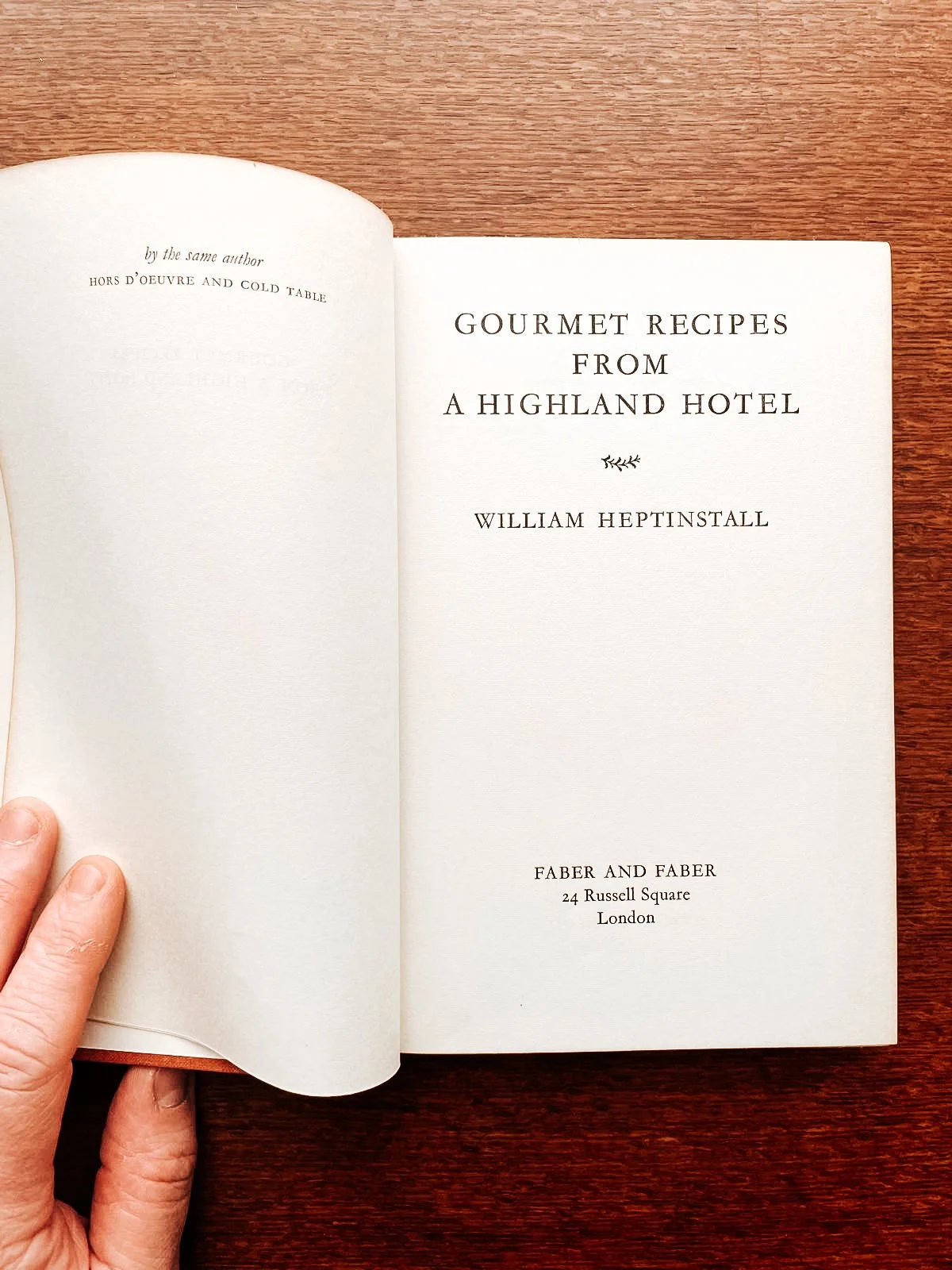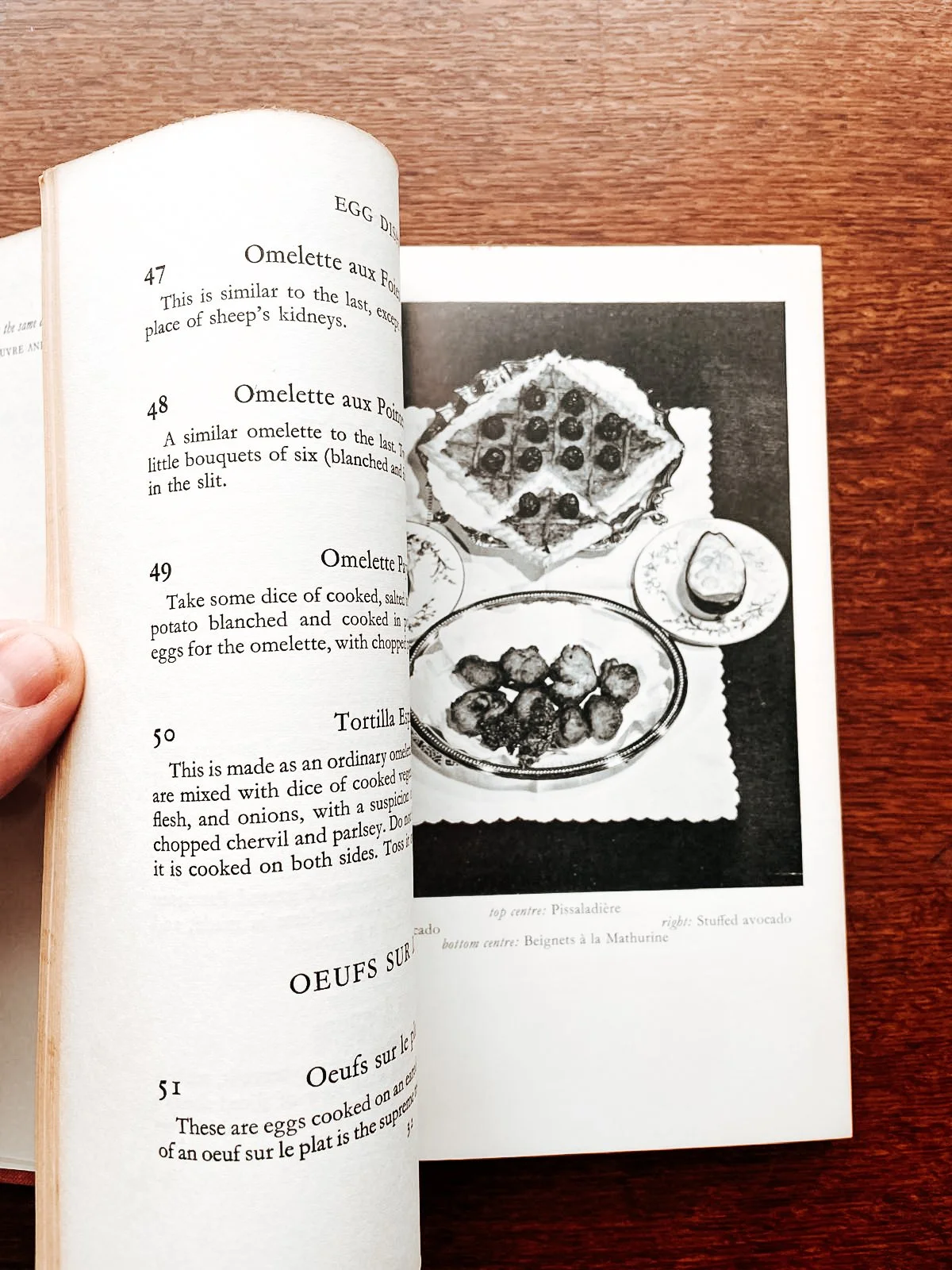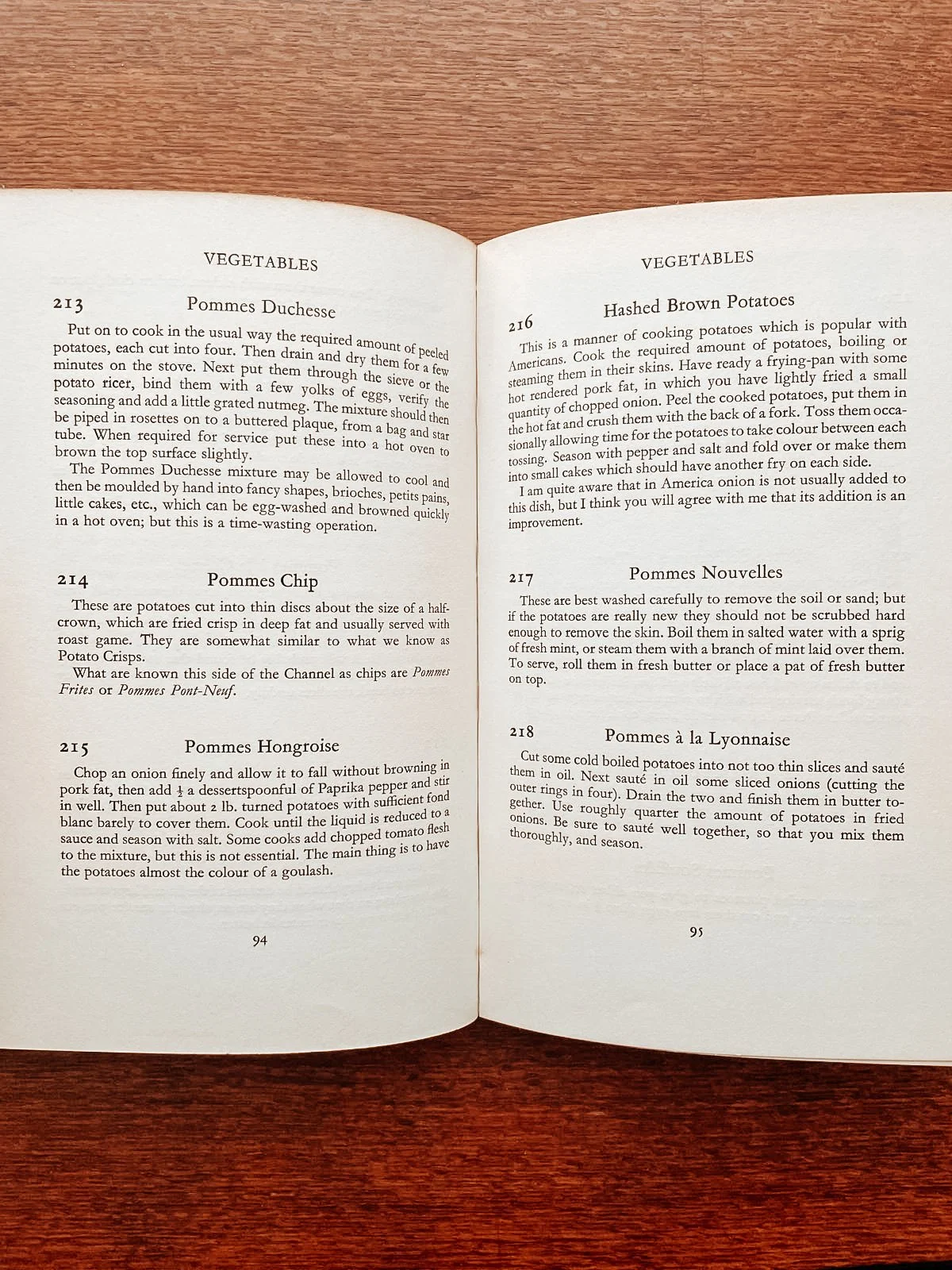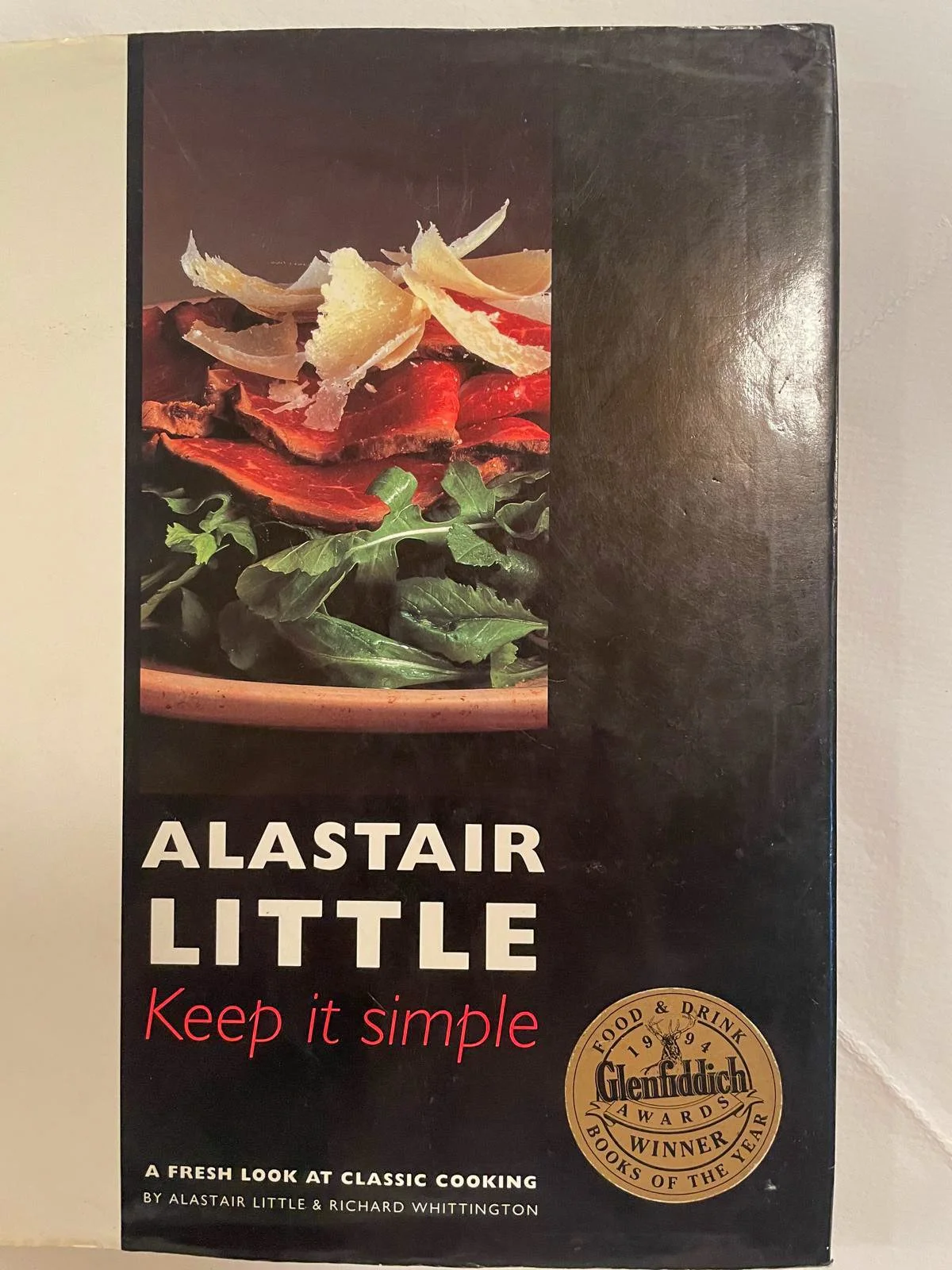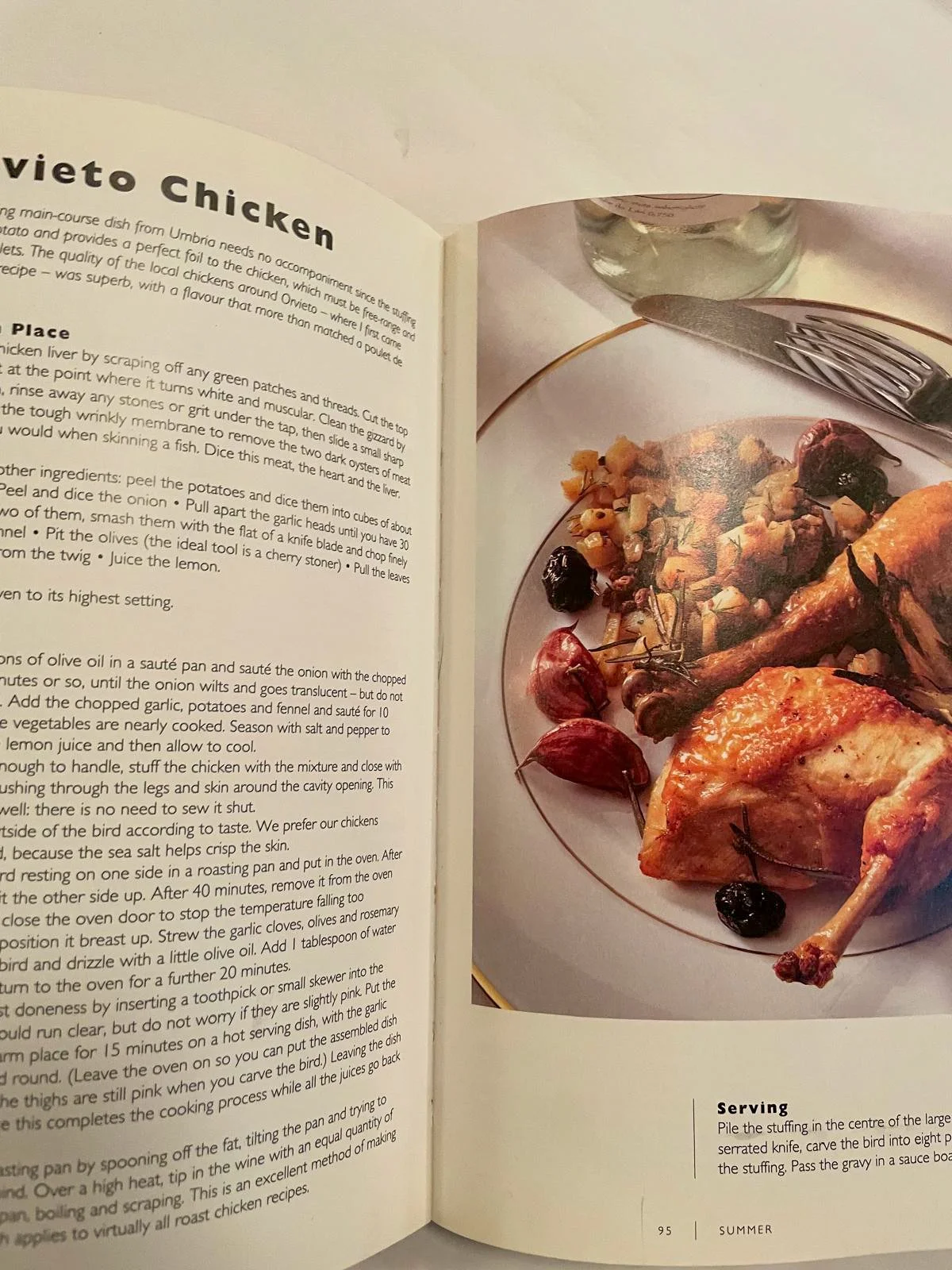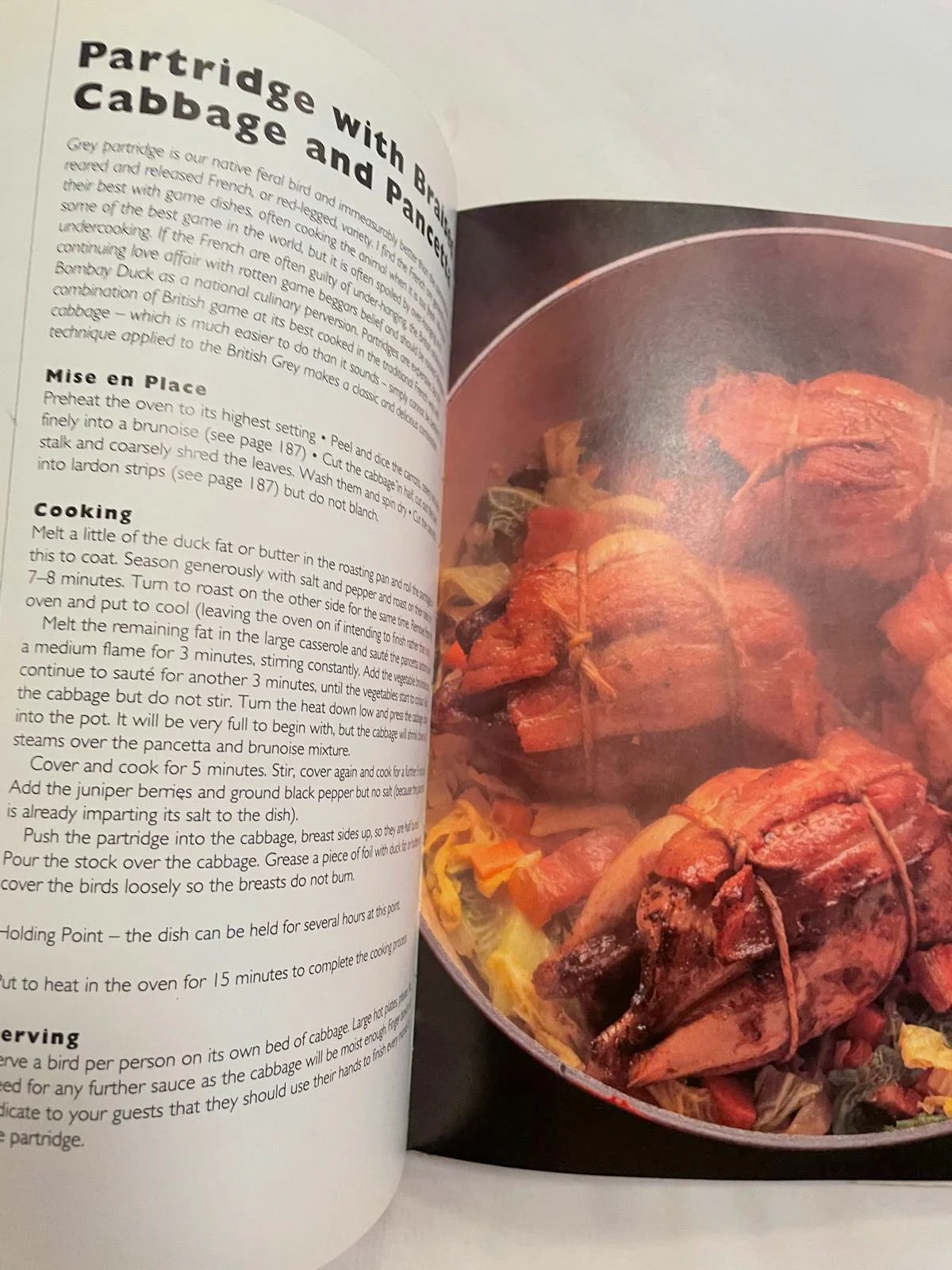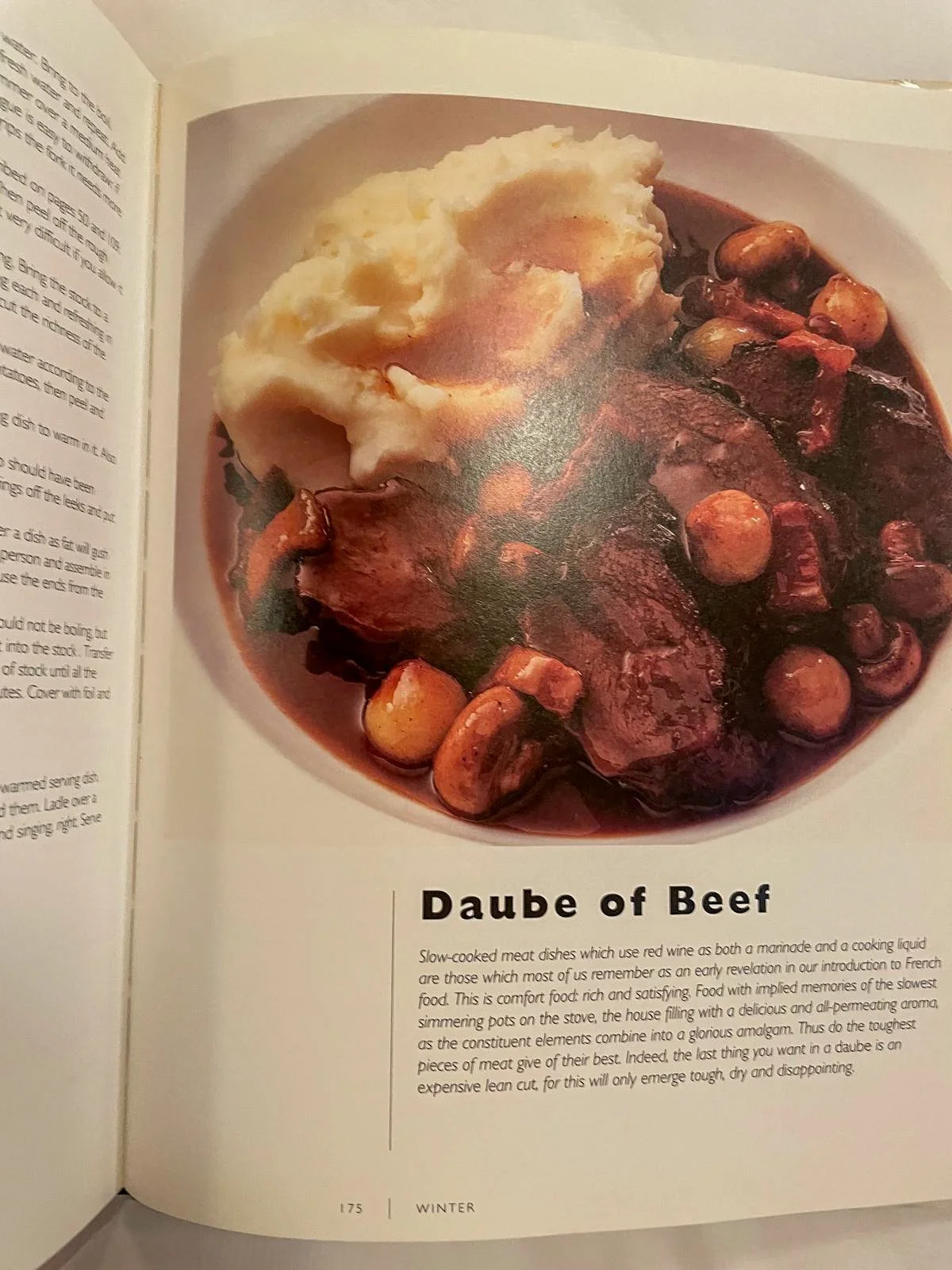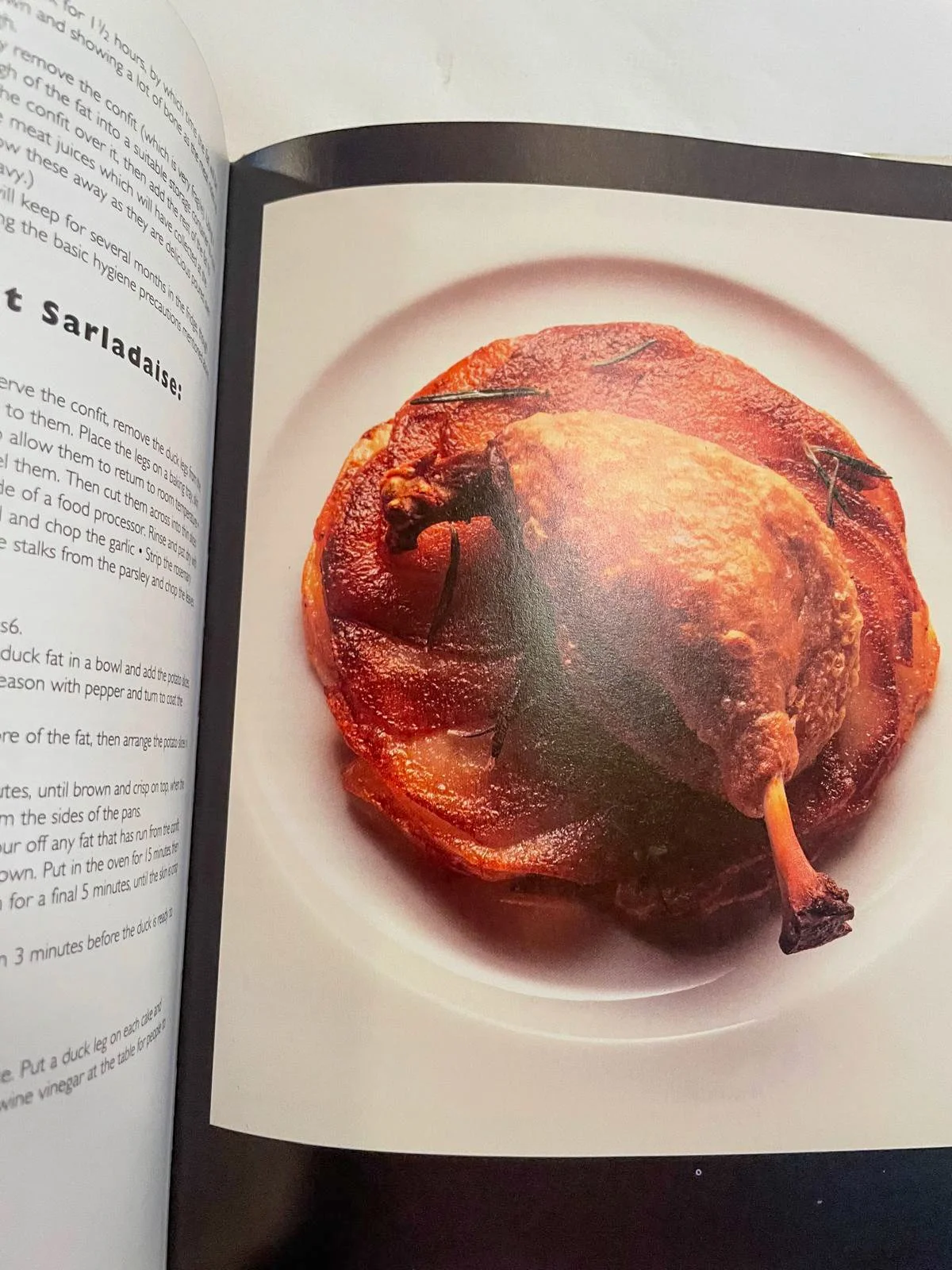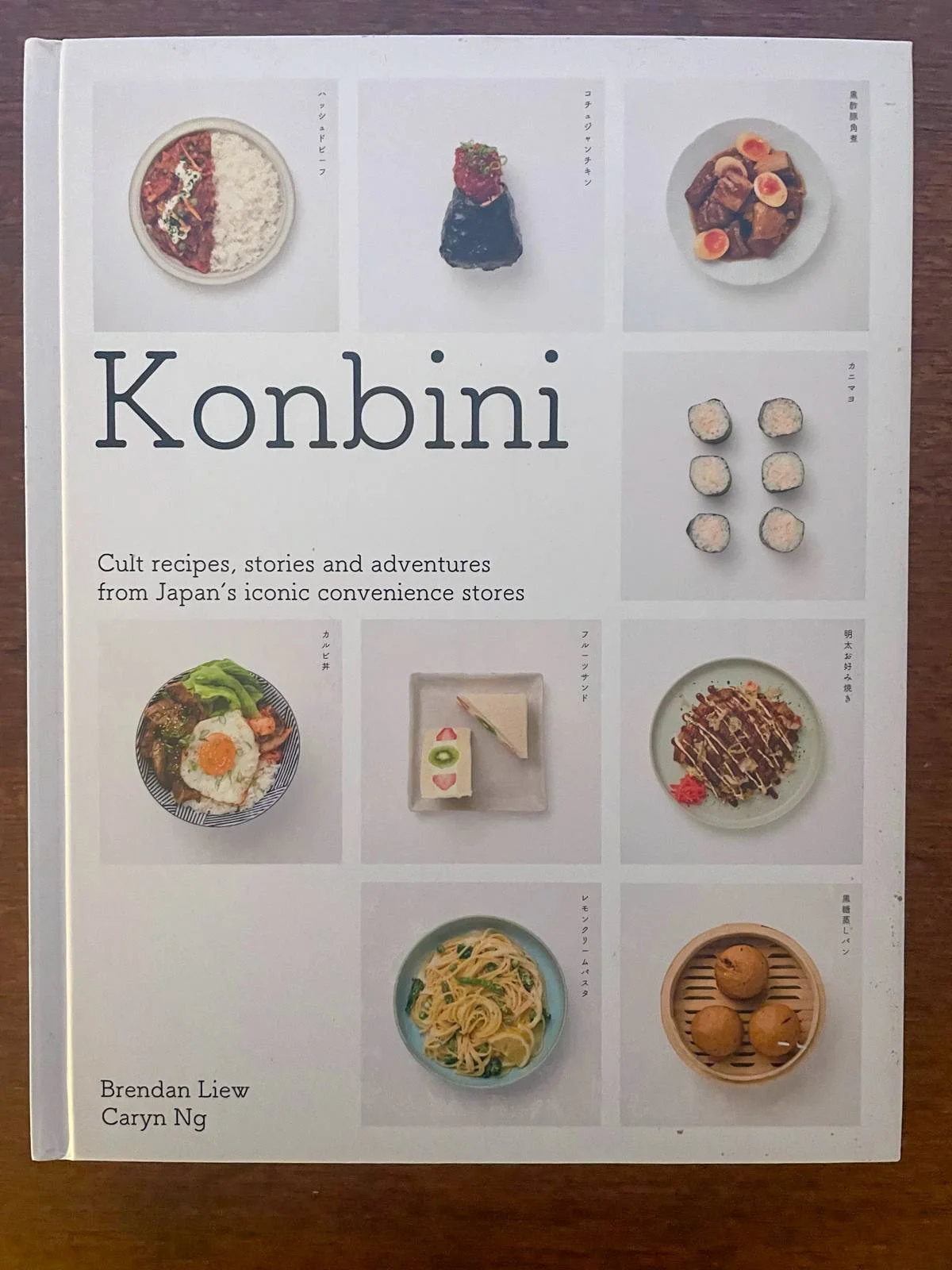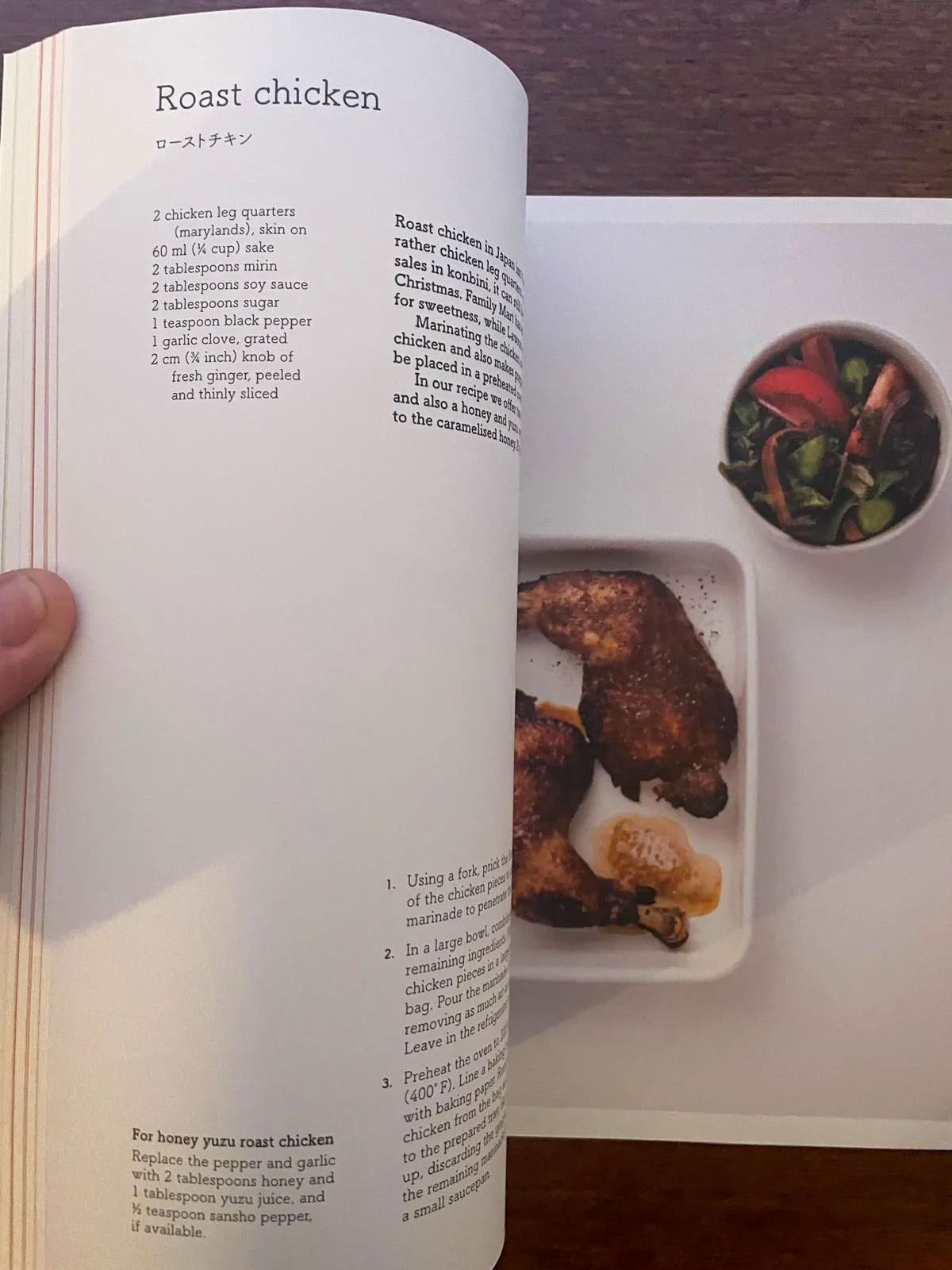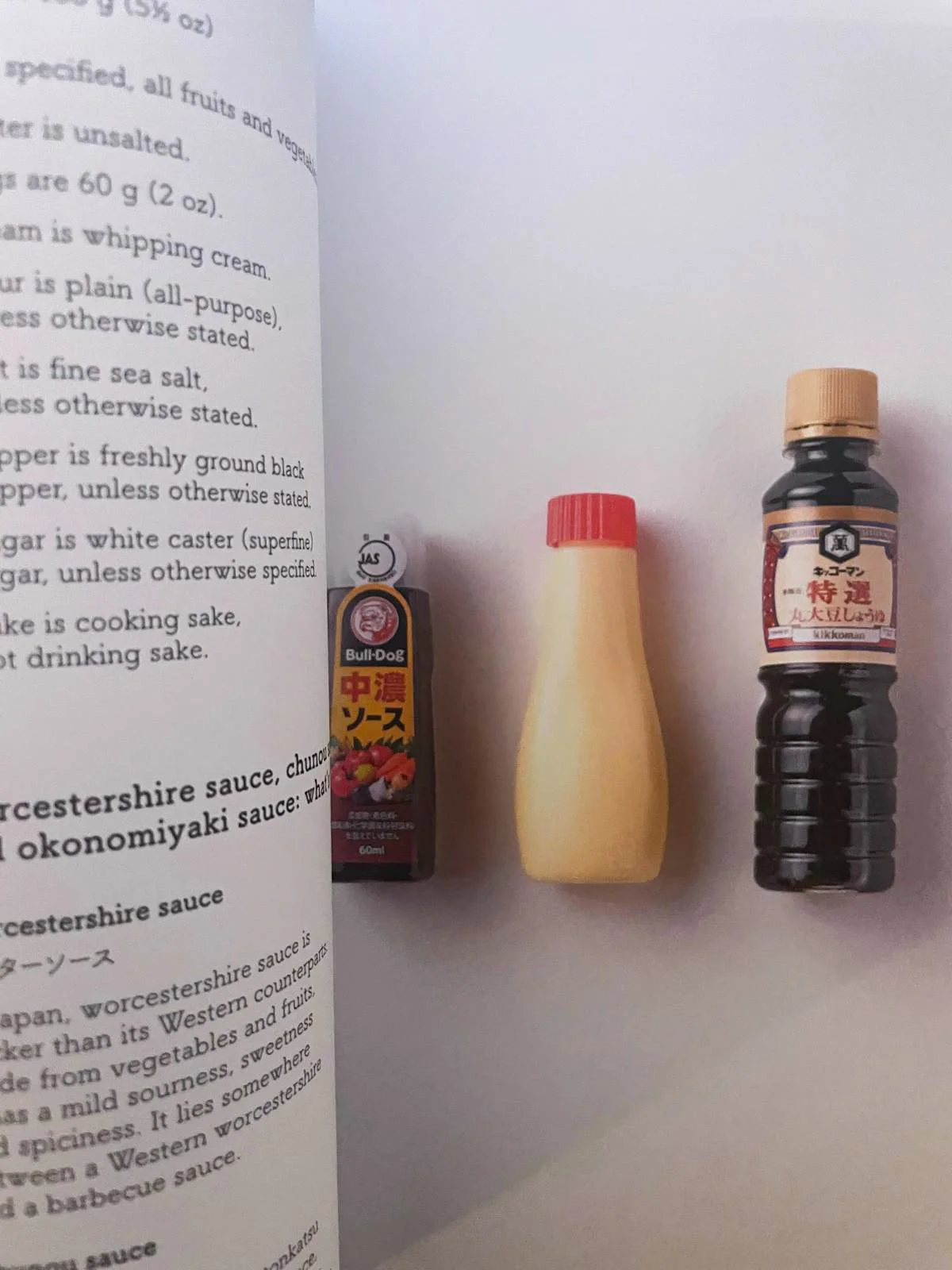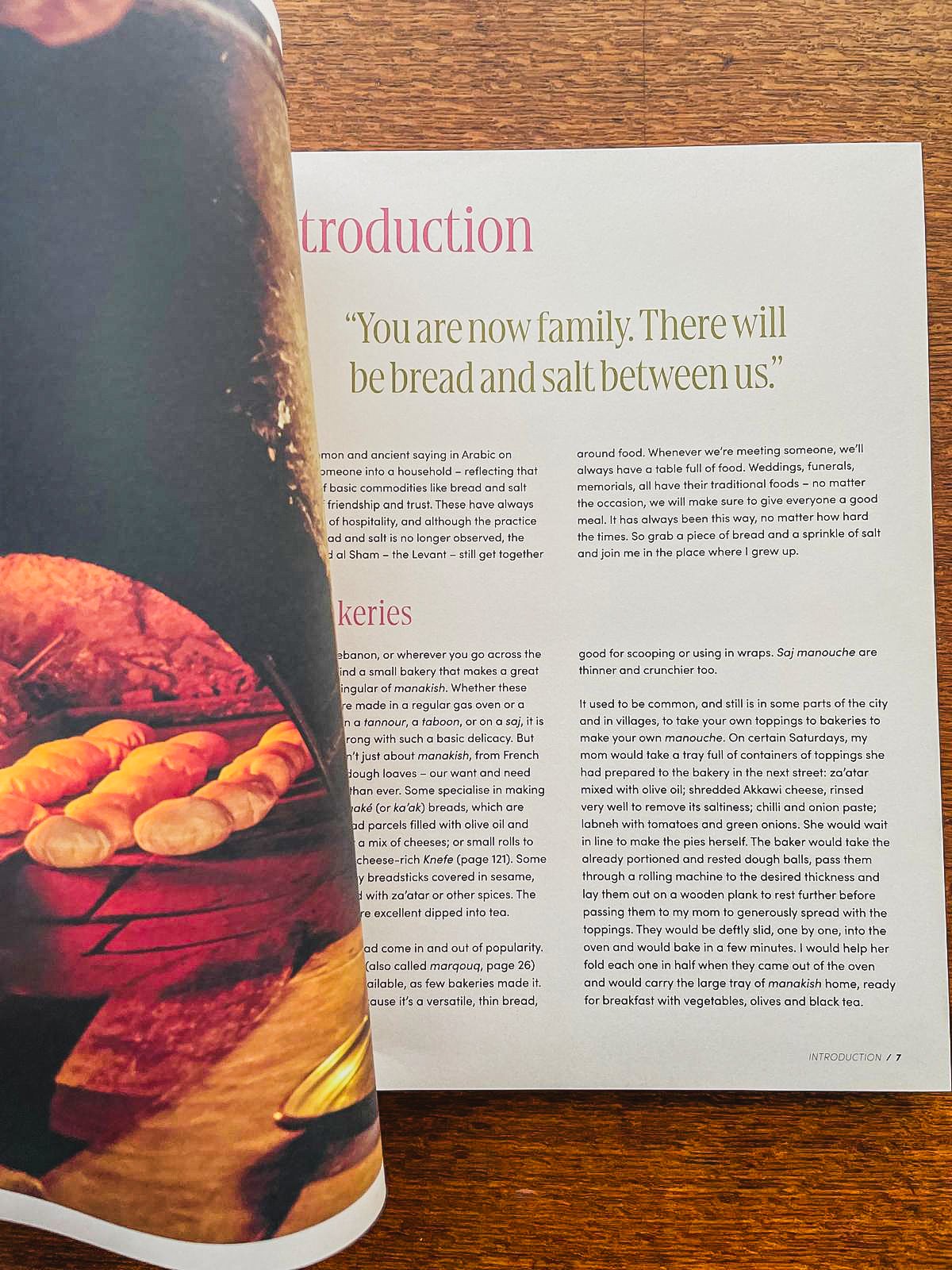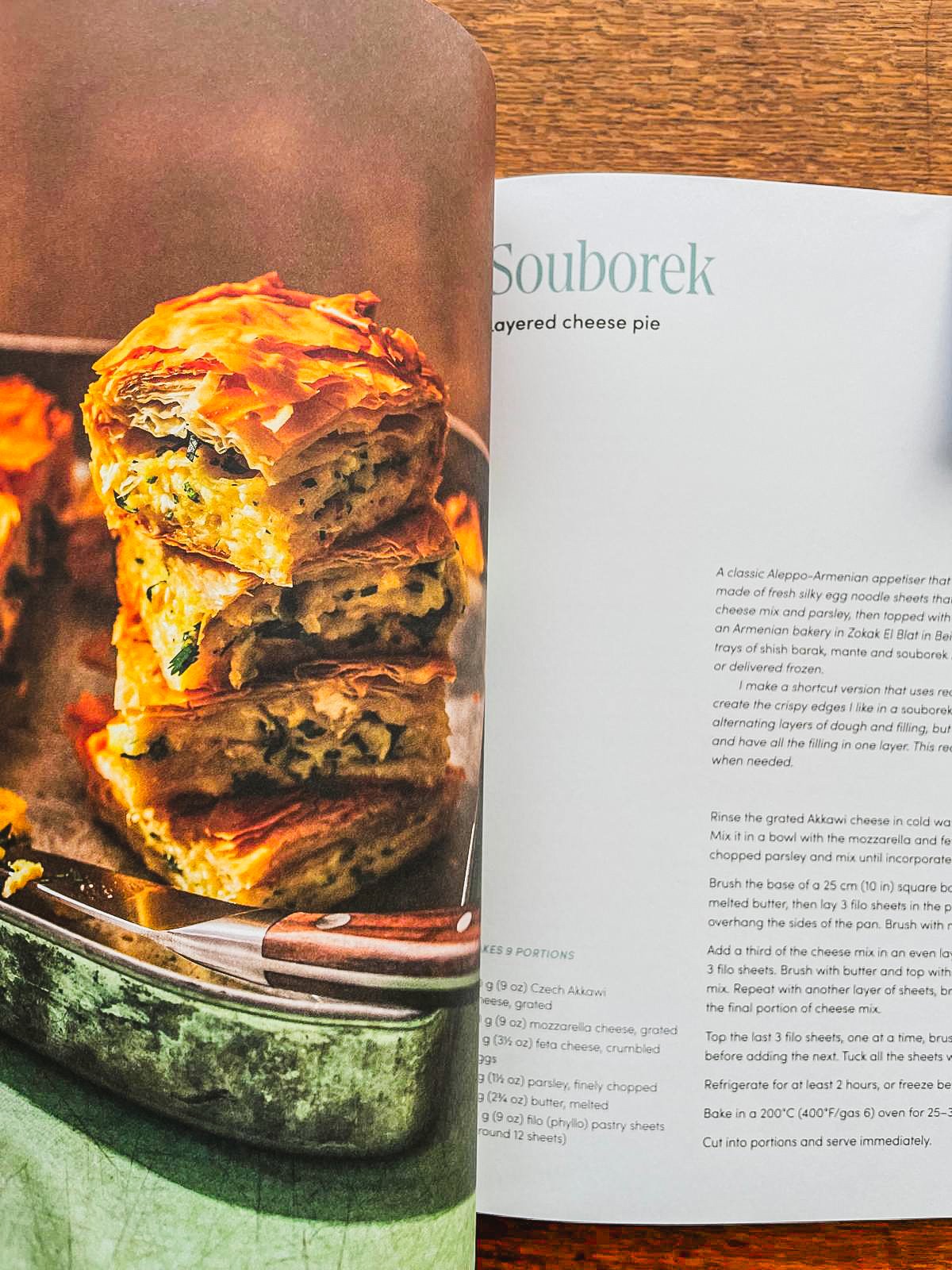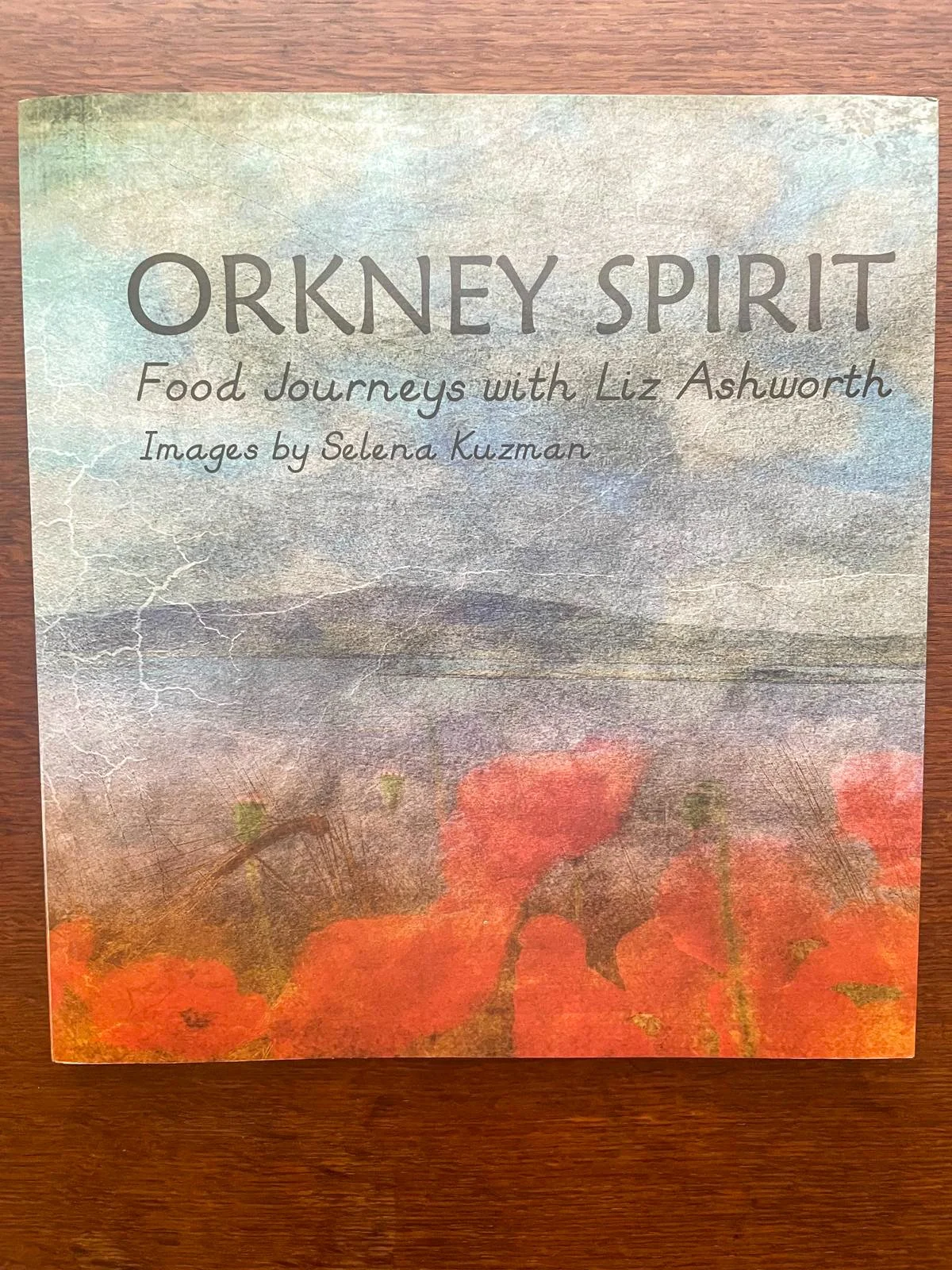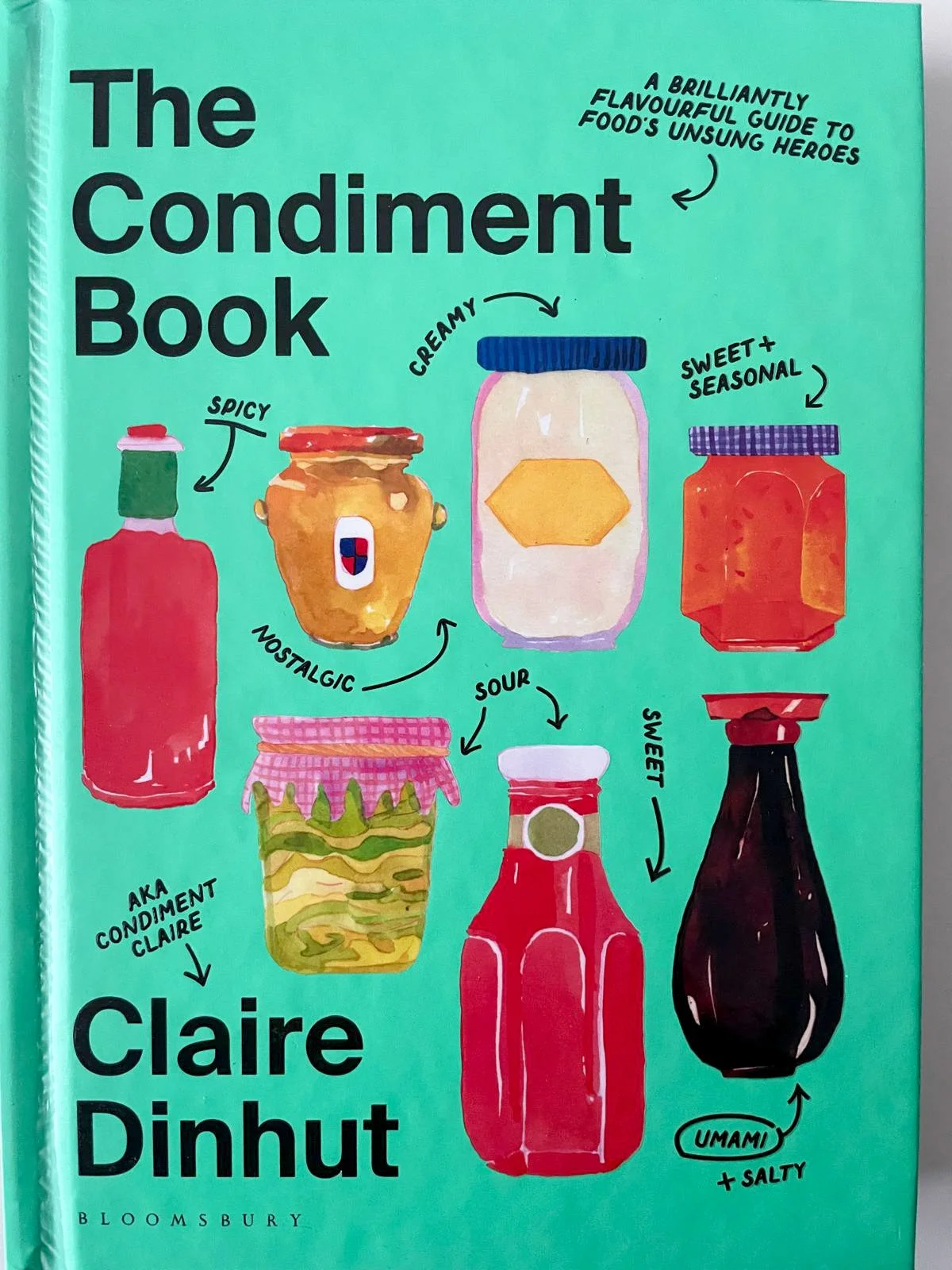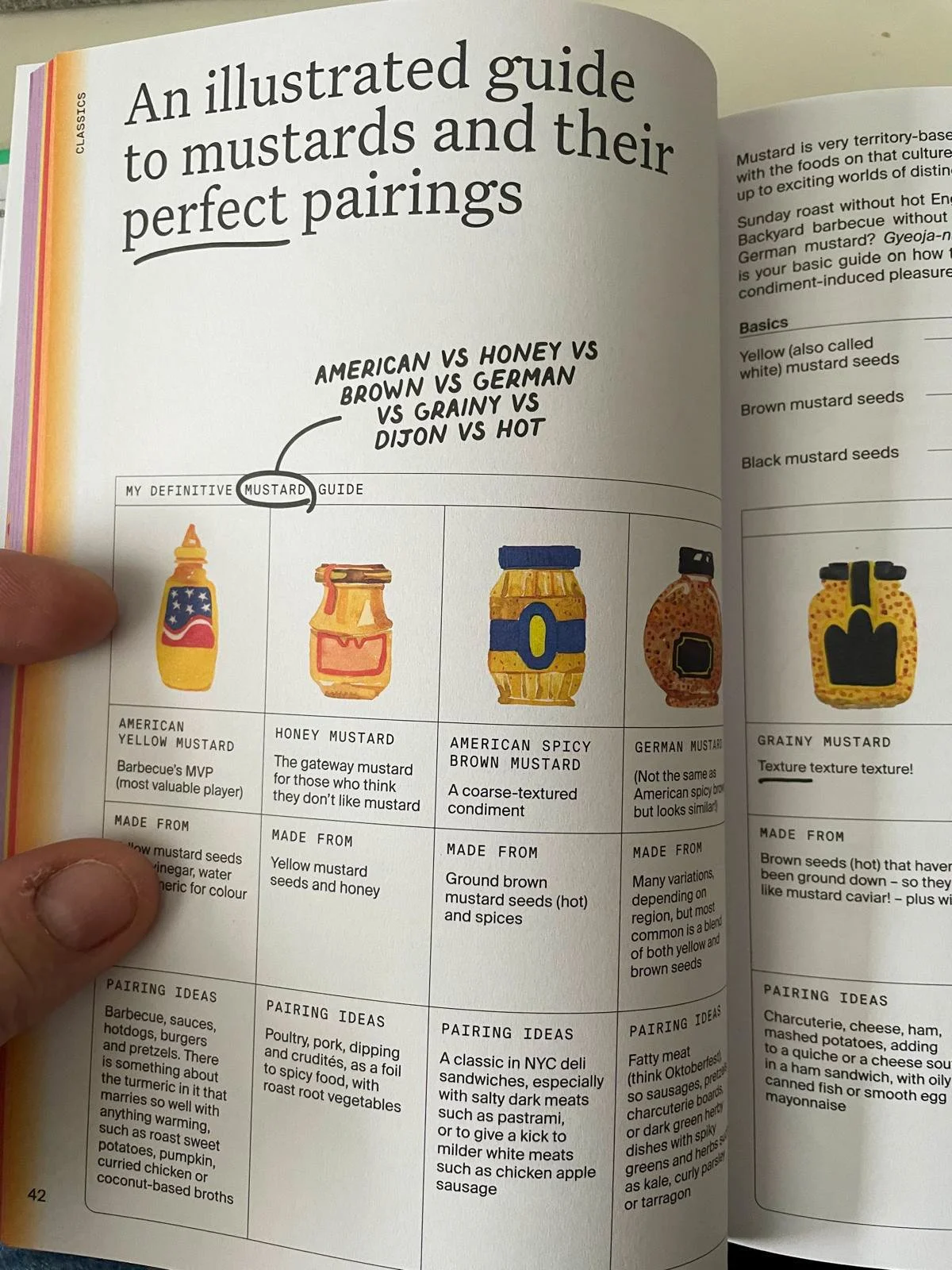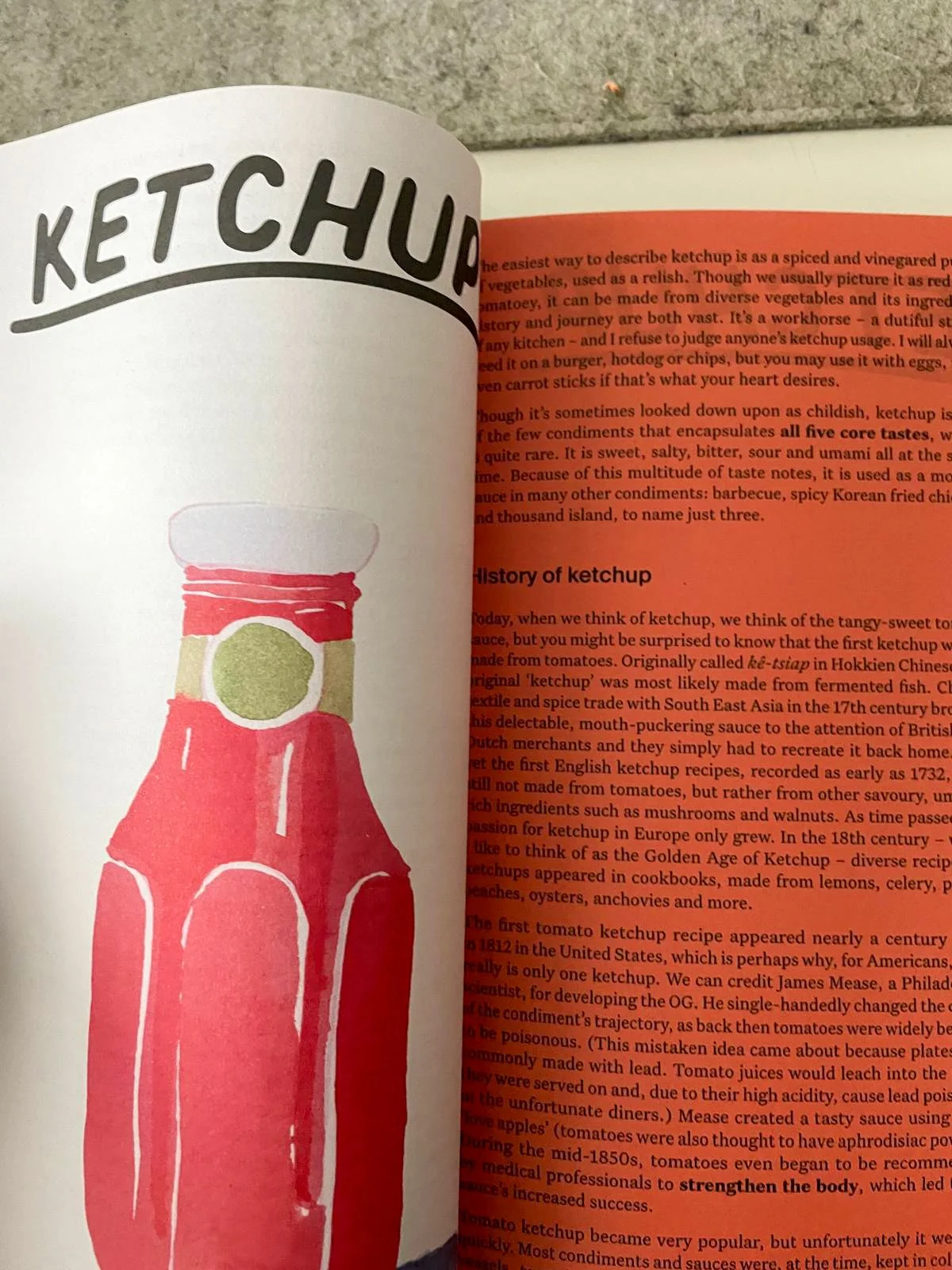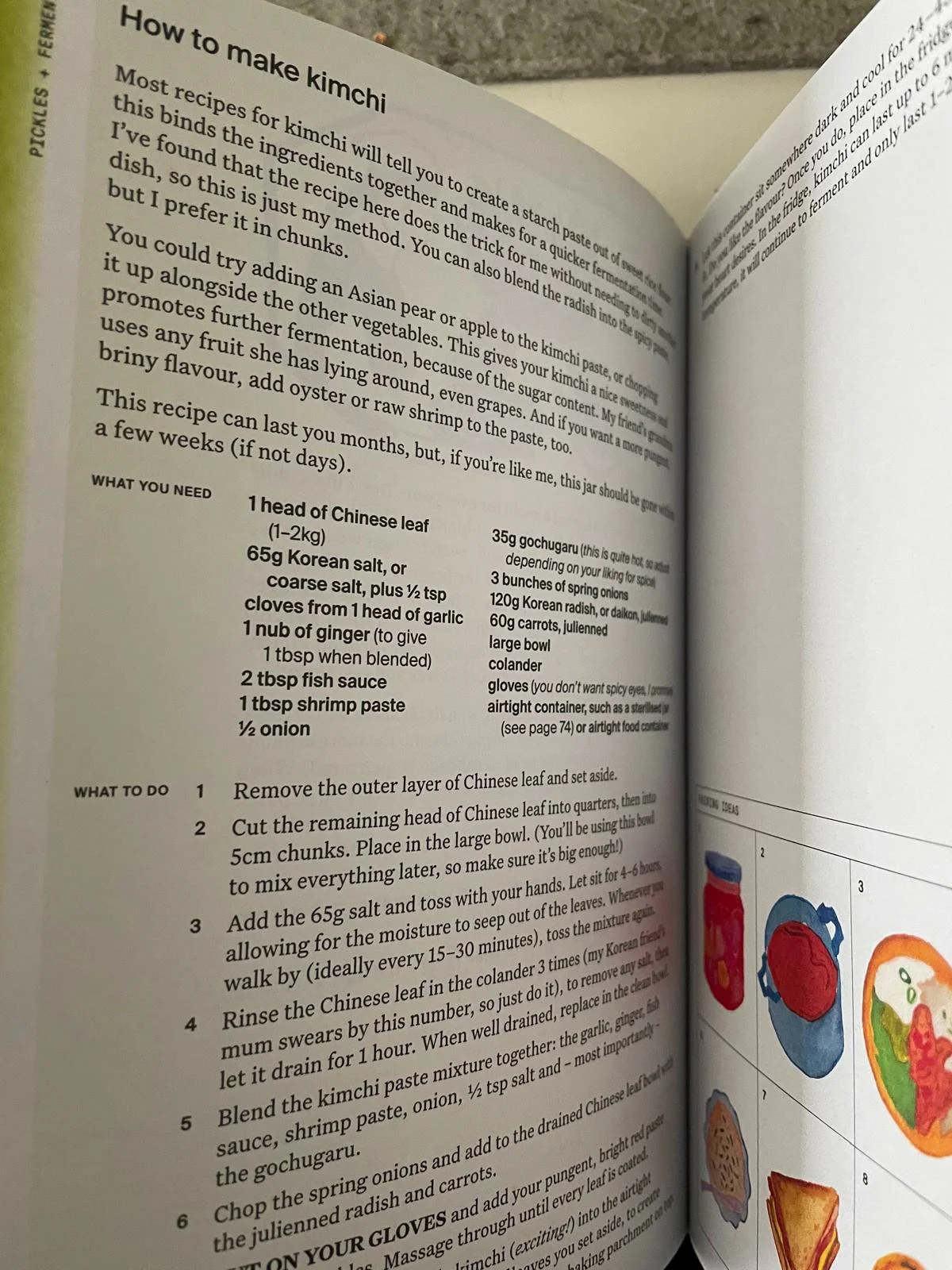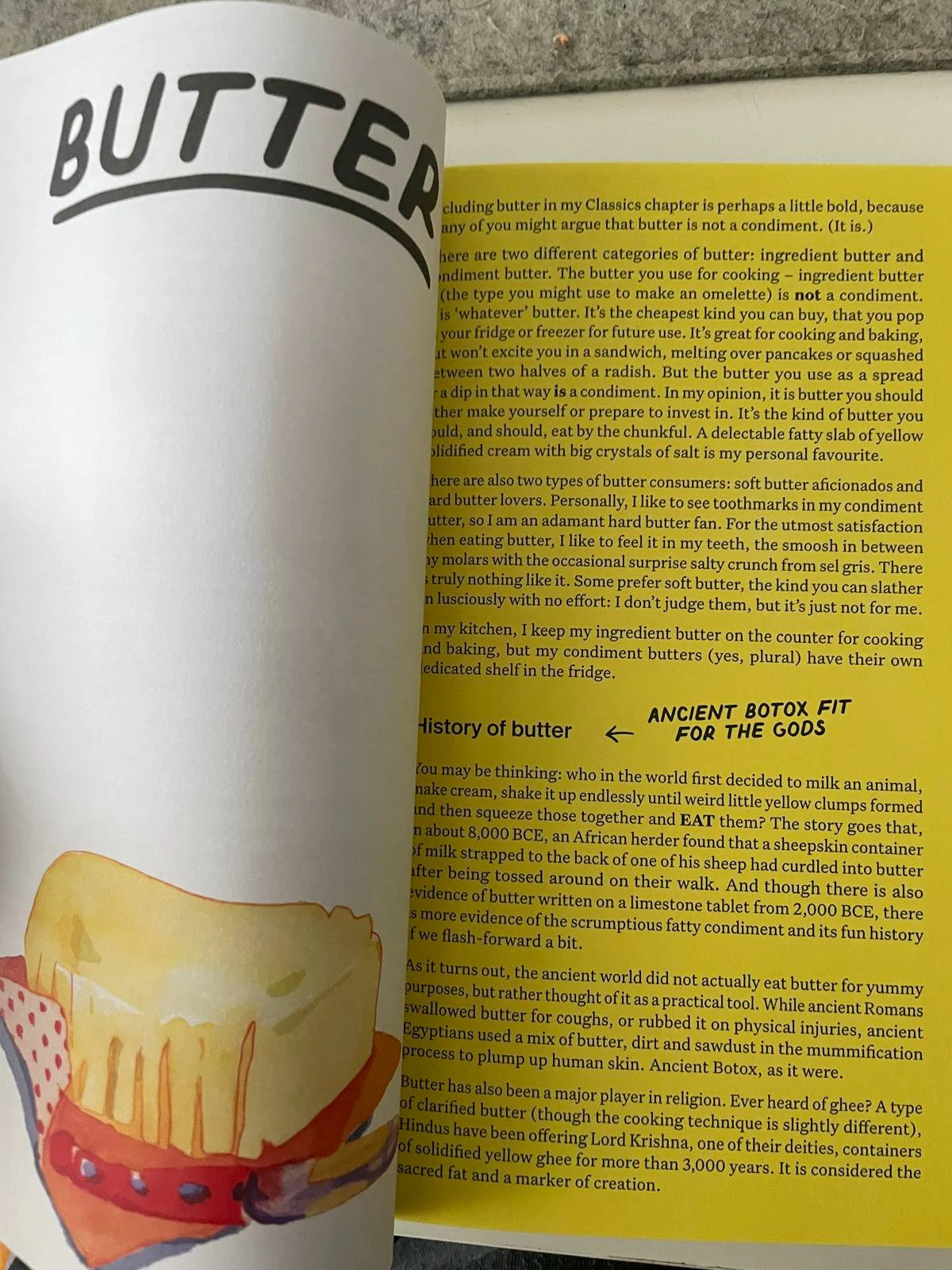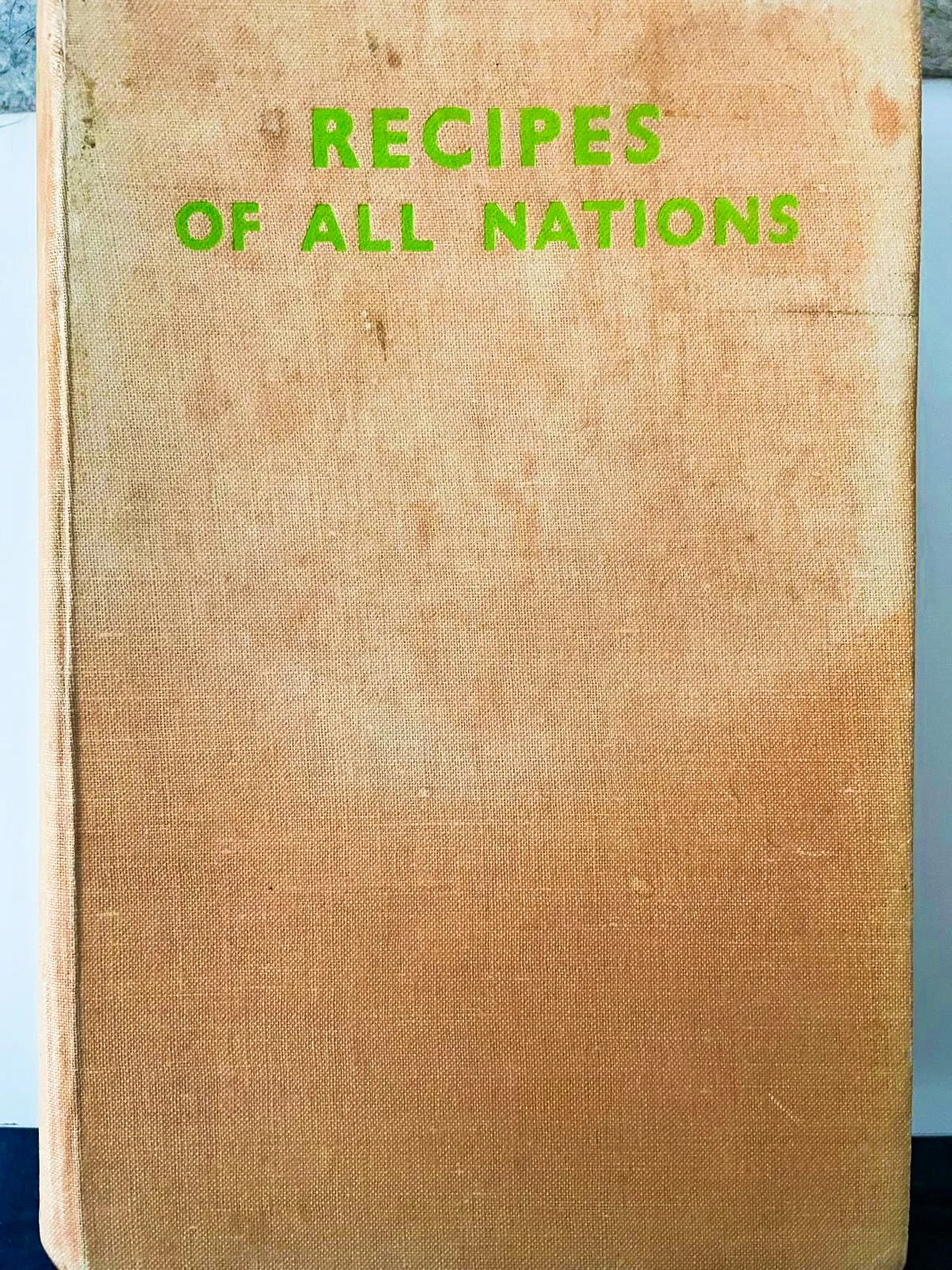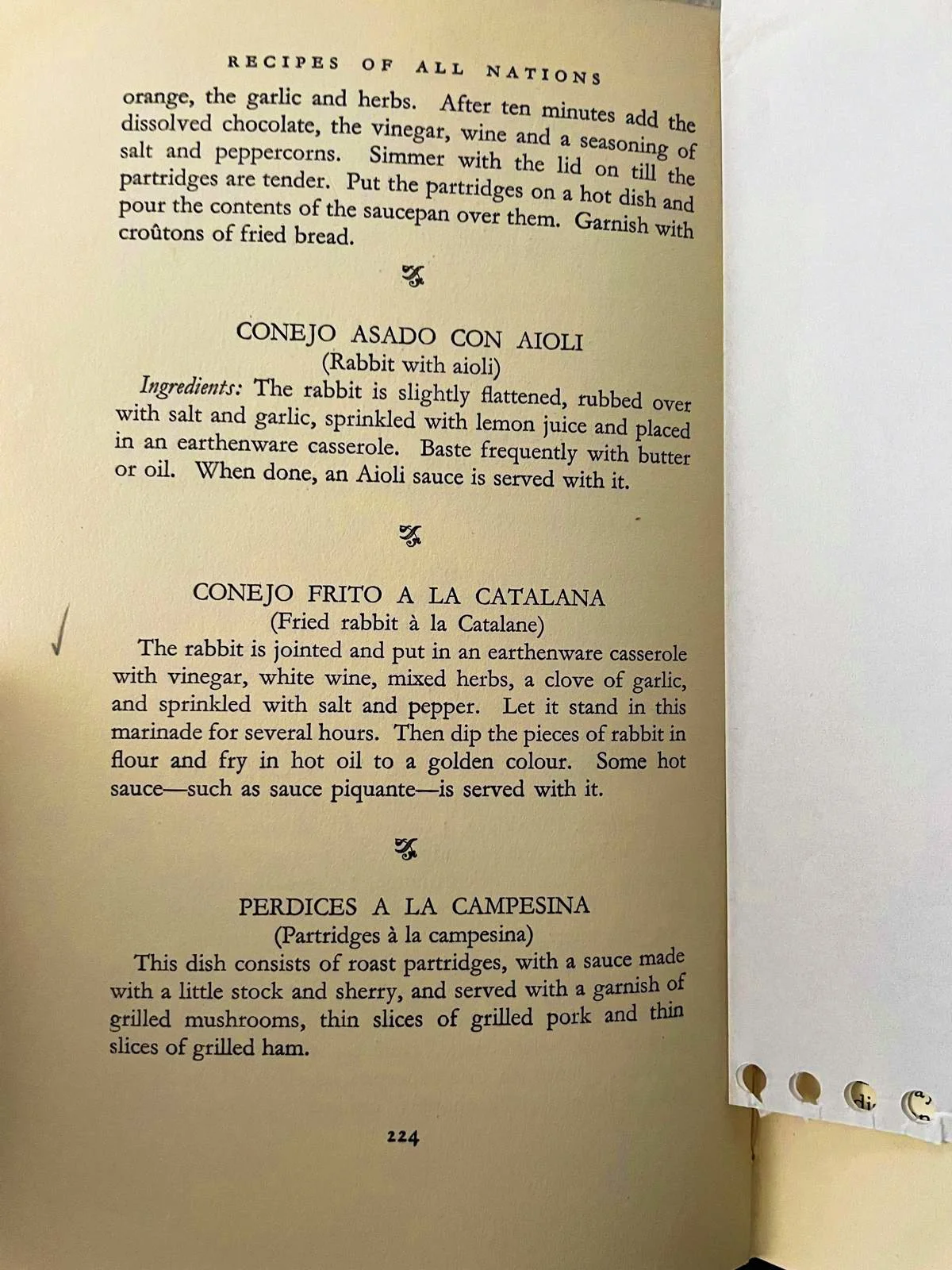‘Jamie at Home, Cook Your Way to the Good Life’ by Jamie Oliver is a great book. I know cheeky chappie Jamie gets a bit of a tough time from chefs, but I really admire him for what he has achieved. We all are aware he is not short of a bob or two, but he has worked endlessly to get folk to eat better food. He follows the same values I do: Slow Food, organic, sustainable, grow your own. He has such a wide audience; folk listen to him when he is on a campaign to change the way we eat, and he does a good job.
I enjoy looking at his books and watching his cookery on television. He is a natural communicator and cook and has vast knowledge. He also went to Westminster College in London where my dad taught. I like that. This book is well thumbed; it has something for everyone and has a bit of gardening, cookery and flavour. He covers all the bases here.
Many of us have been influenced by this man in kitchens and never admit it. I am happy to say he does influence me. I think he is great, and I bet most houses in the land have a Jamie cookery book somewhere on a shelf. There are many delicious things to cook here and remember this is food to eat at home without a tyre company judging you. Think steak, Guinness and cheese pie, or orchard Eve’s pudding, venison with creamy baked potato and celeriac, and a delicious partridge with pearl barley, pea and lettuce stew. I really like this book. Do not avoid it; pick it up and flick through it. It is good.

